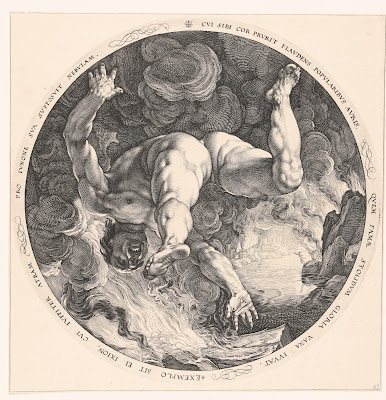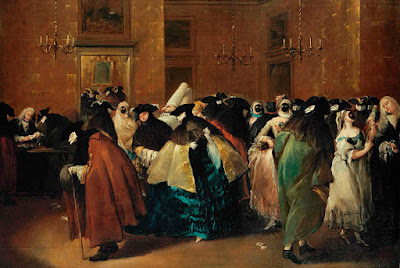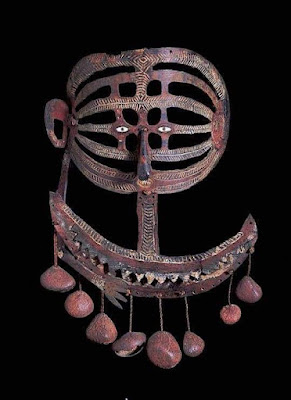... to be continued ...
... of the seven deadly sins, the eighth and most horrid is emotional blackmail ... whilst for this blogger, the only sacred thing is life itself
Sunday, June 16, 2024
Wednesday, June 5, 2024
Albert DECARIS ... engraver and etcher.
I'm intrigued and often perplexed by this artist's works.
He was famous in his lifetime.
He seems to be largely forgotten already.
He has a deep knowledge of classical myths and legends.
This is my favourite.
The title given on the internet is ANIMATED RURAL LANDSCAPE ... well, that might be a cataloguer's functional description but I doubt Decaris would have given it such a title.
The only decent internet image was presented slightly askew and the bottom left corner had been cropped.
The print was made towards the end of the Second World War when there were battles all around and the Whole World was filled with TERROR, and so I wonder if it isn't ( possibly / maybe ) some kind of allegory of PEACE ?
Am gonna have to do more research.
here are some links to his background ...
Albert Decaris | Sacred Art Pilgrim Collection: Artists | Sacred Art Pilgrim
there is a huge kind of catalogue written by his daughter which is available to purchase online ...
- Isabel Boussard-Decaris, Jean-Marc Boussard : Decaris le singulier, Éditions de la Nerthe, Ollioules (France), 2005
Monday, June 3, 2024
Concert of the Birds ... Language of the Birds ... and Parliament of the Birds
Concert of Birds - The Collection - Museo Nacional del Prado (museodelprado.es)
"This subject actually antedates the baroque custom of aviaries; it began in the Middle Ages and Snyders was not the first to explore it in paintings, as there were numerous representations of Aeolus with the Birds in the final years of the 16th century. Northern European collectors used these works as decorations above doors or windows, or in front of fireplaces, and the fashion later spread to Spain. Their symbolic significance is linked to representations of Franciscan birds associated with the worship of the Virgin Mary as Our Lady of the Birds, which began in 13th century. Legend has it that birds flocked to a beech grove outside Brussels, drawn by an image of the Virgin resting among the tree branches. As a result, that city, which is the capital of Flanders, had a Franciscan chapel with this avocation. It was destroyed by the Iconoclasts in the 16th century but rebuilt at the end of that same century, with birdcages hanging from the ceiling so that their inhabitants could contribute to the temple’s particular liturgy with their song. This affinity has often been mentioned in relation the Snyders’ desire to be buried in a Franciscan habit. The Concerts of Birds have also been considered allusions to the sense of hearing, although that interpretation is unclear. Other readings allude to the possibility that they represent wisdom via the owl ... in Western painting, owls frequently symbolize that concept ... who sometimes seems to be directing those bucolic concerts. Moreover, these concerts of birds symbolically refer to concerted order in nature, a sense of balance with nature embodied by the musical systematization of birdsong. Thus, in general, their meaning involves the political and social order enjoyed by the owners of these paintings under the rule of Archduke Albert of Austria and Isabel Clara Eugenia."
Written in Nishapur around 1177
Illuminations probably from Isfahan, 1600-ish
https://www.metmuseum.org/art/collection/search/451725
The Conference of the Birds - Wikipedia
The hoopoe tells the birds that they have to cross seven valleys in order to reach the abode of Simorgh. These valleys are as follows:[3]
1. Valley of the Quest, where the Wayfarer begins by casting aside all dogma, belief, and unbelief.
2. Valley of Love, where reason is abandoned for the sake of love.
3. Valley of Knowledge, where worldly knowledge becomes utterly useless.
4. Valley of Detachment, where all desires and attachments to the world are given up. Here, what is assumed to be “reality” vanishes.
5. Valley of Unity, where the Wayfarer realizes that everything is connected and that the Beloved is beyond everything, including harmony, multiplicity, and eternity.
6. Valley of Wonderment, where, entranced by the beauty of the Beloved, the Wayfarer becomes perplexed and, steeped in awe, finds that he has never known or understood anything.
7. Valley of Poverty and Annihilation, where the self disappears into the universe and the Wayfarer becomes timeless, existing in both the past and the future.
Written in England, 1382-ish
Chaucer wrote an allegorical PARLEMENT OF FOULES exploring the topic of free will.
Parlement of Foules - Wikipedia
https://www.poetryintranslation.com/PITBR/English/Fowls.php
the full Kelmscott Chaucer can be viewed online ...
Full Pages | Kelmscott Chaucer (kelmscottchauceronline.org)
ADDENDUM ... a Japanese folding screen, late 1500s
https://collections.artsmia.org/art/34414/crows-and-cryptomeria-unknown-japanese
A crow's cry is considered an ill omen in China and Japan, yet crows became a standard theme among Japanese artists from the 1500s onward. They may have been inspired by imported Chinese paintings of myna birds, which are not native to Japan, substituting the native species of crow instead. Painters of folding screens (which usually come in pairs) often paired a scene of raucous black crows with a quiet image of white egrets—the contrast heightened by the birds' coloration. Artists of the Hasegawa school, which originated with the celebrated painter Hasegawa Tōhaku (1539–1610), specialized in the impressionistic handling of ink brushwork seen here in the sketchily rendered branches.
Assisi, painted around 1297
Saint Francis of Assisi is said to have preached a sermon to the birds, the essence of which was ...
"My sweet little sisters, birds of the sky," Francis said, "you are bound to heaven, to God, your Creator. In every beat of your wings and every note of your songs, praise him. He has given you the greatest of gifts, the freedom of the air. You neither sow, nor reap, yet God provides for you the most delicious food, rivers, and lakes to quench your thirst, mountains, and valleys for your home, tall trees to build your nests, and the most beautiful clothing: a change of feathers with every season. You and your kind were preserved in Noah's Ark. Clearly, our Creator loves you dearly, since he gives you gifts so abundantly. So please beware, my little sisters, of the sin of ingratitude, and always sing praise to God."






.png)






.png)
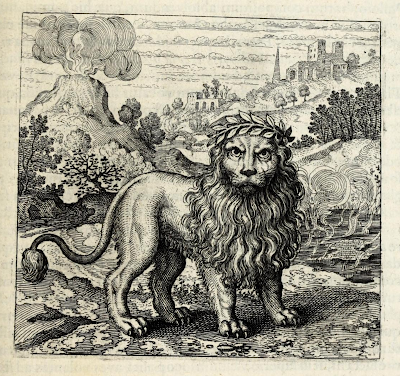



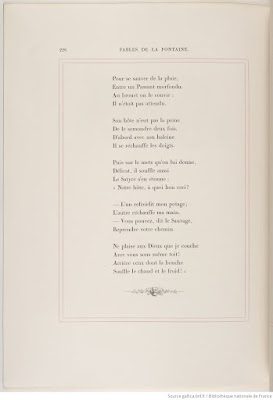

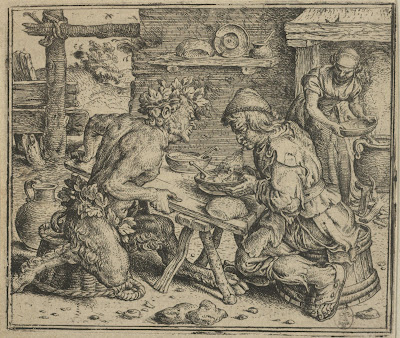





.png)



